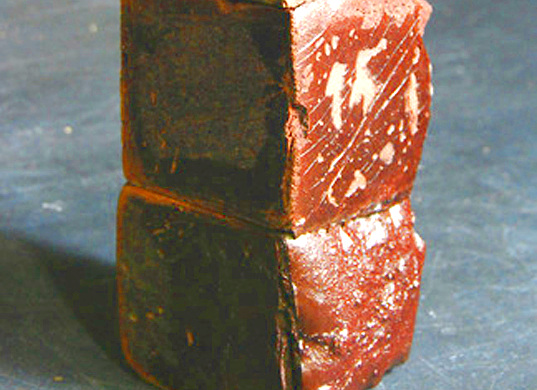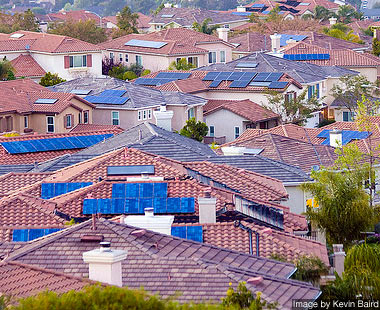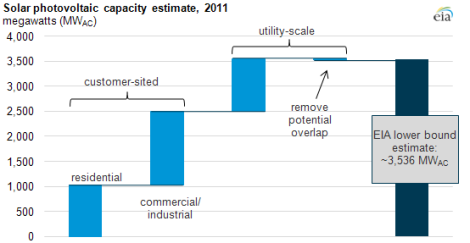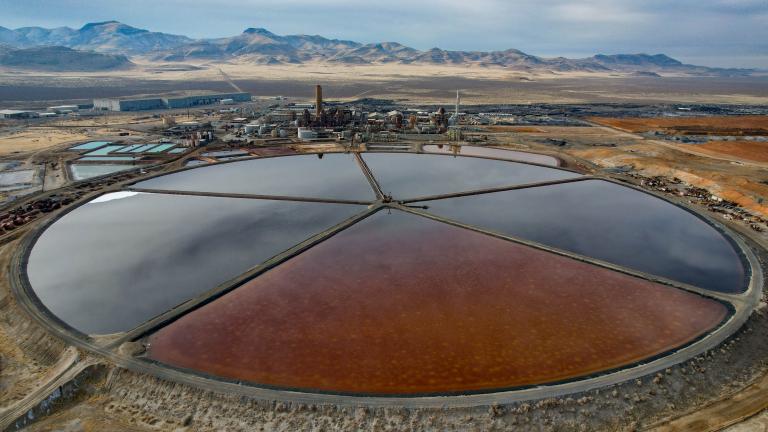Without question, residential rooftop solar is a boon: economically, environmentally, aesthetically (if you’re into that sci-fi thing). But there’s a drawback to democratizing power generation — it’s hard to count. A company building a new coal plant is easier to learn about than the Smiths putting a solar panel on their roof. Figuring out how many solar panels there are is tricky; it means coming up with new ways of generating approximations.
The Energy Information Association, a branch of the Department of Energy, thinks it’s figured out how to add it up. On Wednesday, it released the first such accounting. How much rooftop solar is there? A lot.
This graph is confusing, so let’s start with the toplines. There is about 3,500 megawatts of photovoltaic capacity in the United States. Of that, about 1,000 megawatts are utility-scale, massive, utility-owned facilities.
The rest of the capacity is on-site, either residential or commercial. Commercial installations, like those atop big-box stores, have about 1,500 megawatts in capacity. Residential has about 1,000 megawatts — equivalent to about four coal-powered plants.
In its assessment, the EIA notes that this is a “lower bound,” a conservative estimate while it refines its data. There is at least this much residential solar; there is almost certainly more.
One last thing to note. This is only a measurement of photovoltaic, not things like concentrated solar power, which uses an array of mirrors to focus energy. This is the technique used by BrightSource, which yesterday had two major contracts approved by the California Public Utilities Commission to provide energy to utilities in the state.
Here’s the most important thing to remember from all of this. Tracking roof-top solar production is hard. It gives the government a headache. So if you really want to stick it to the man, there is nothing more rebellious than putting solar panels on top of your house. Just don’t be surprised if you suddenly get a bad rep.
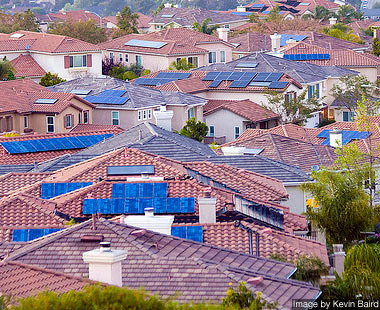
A neighborhood of bad-asses.
